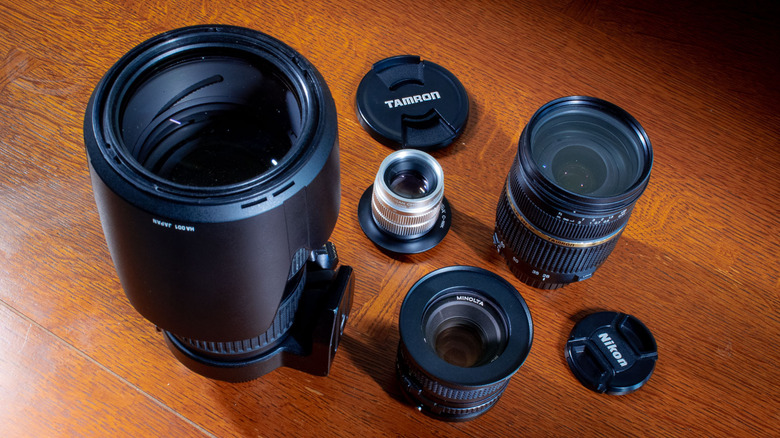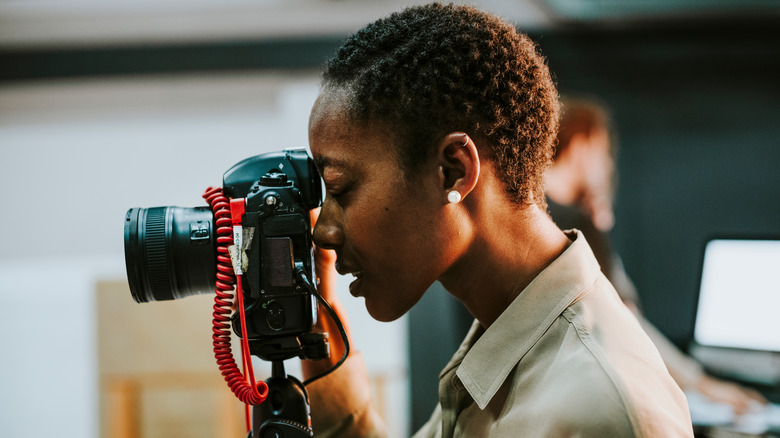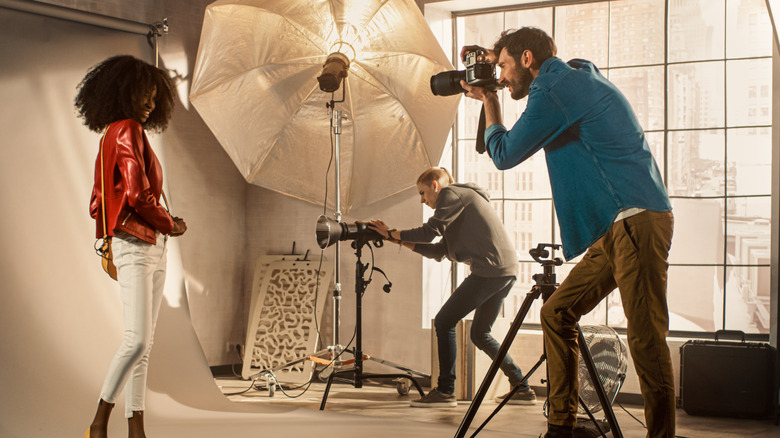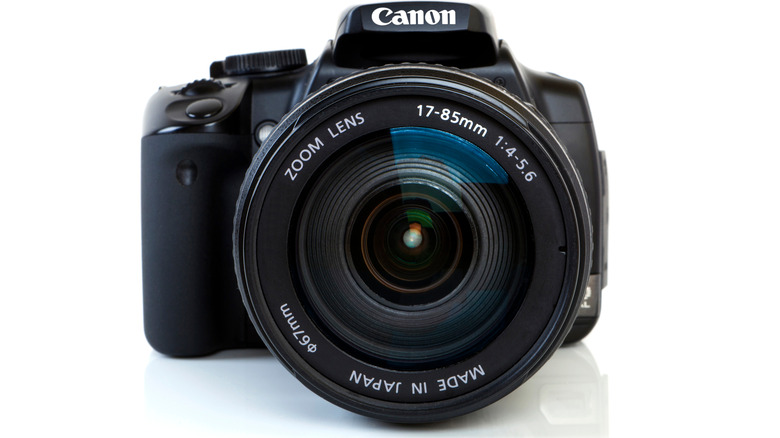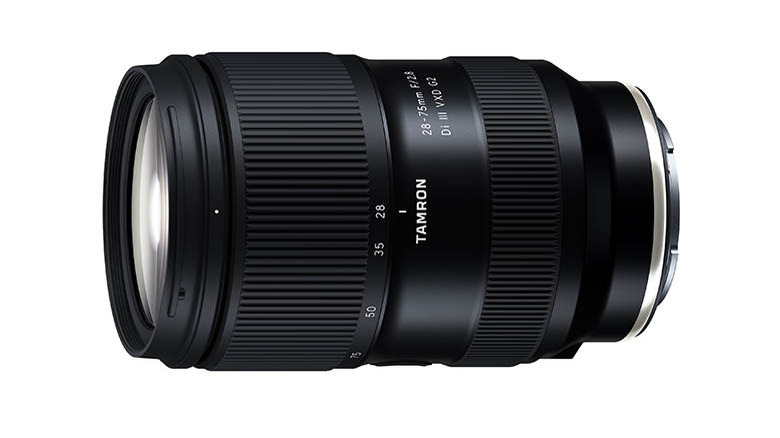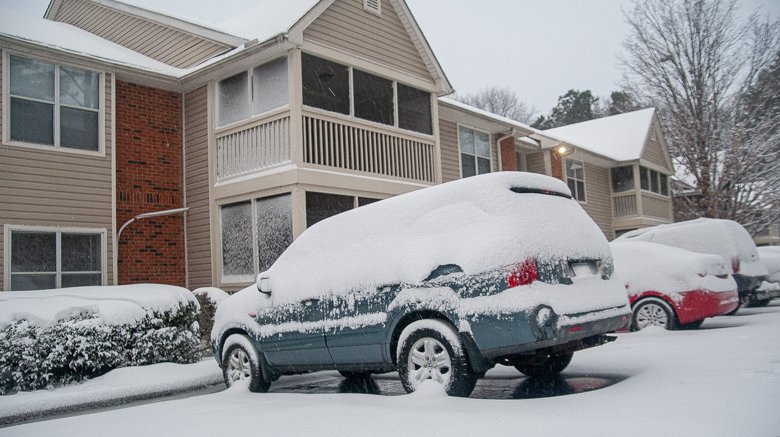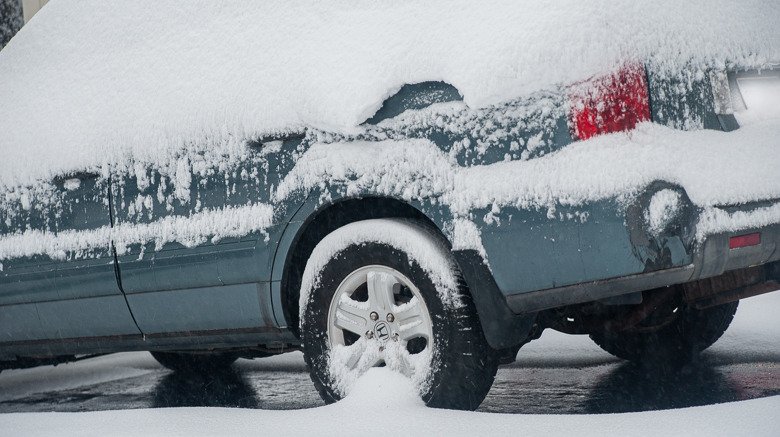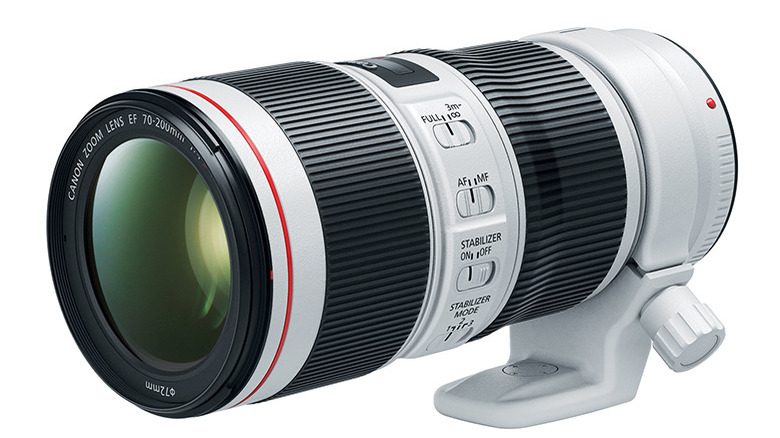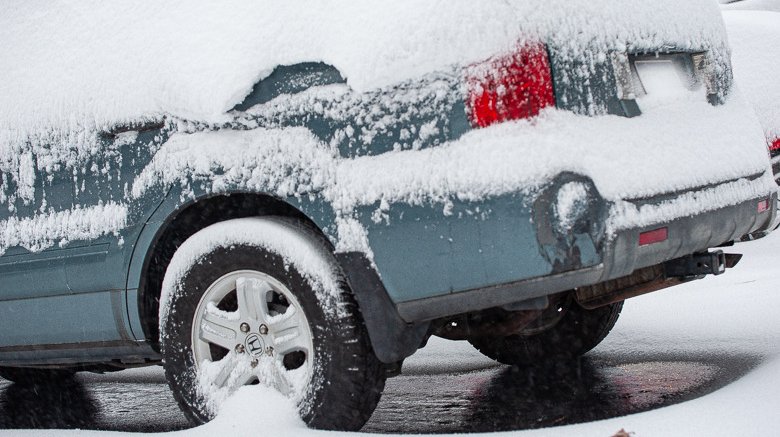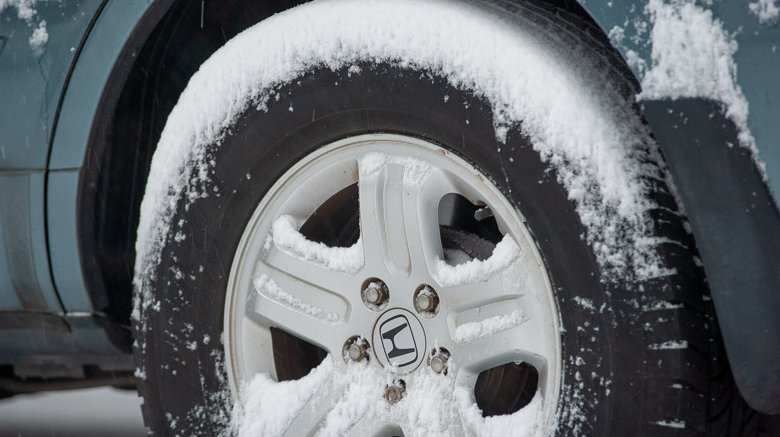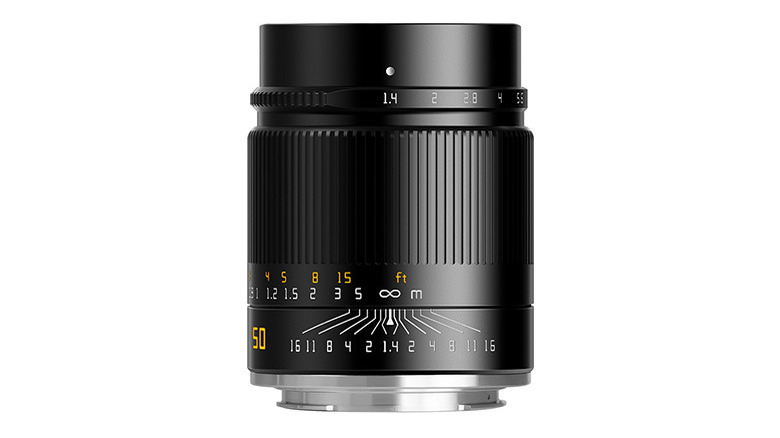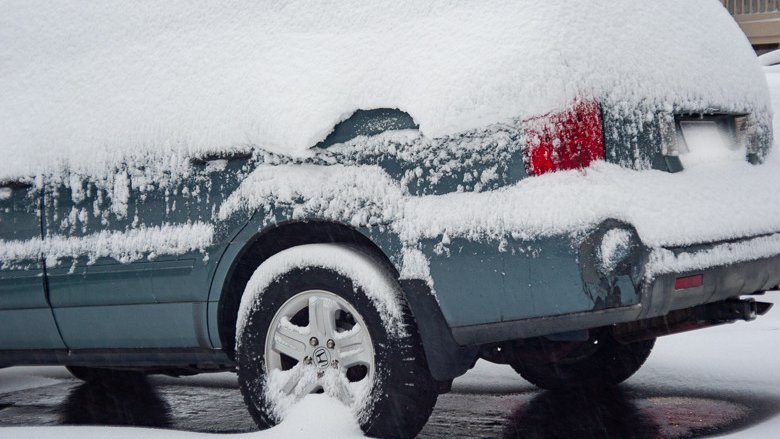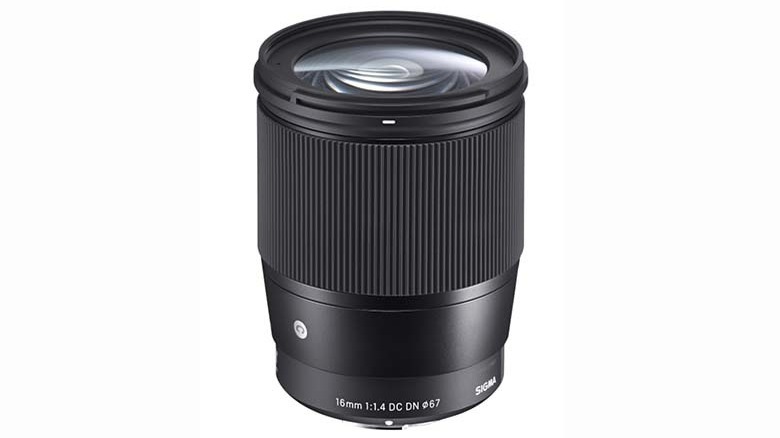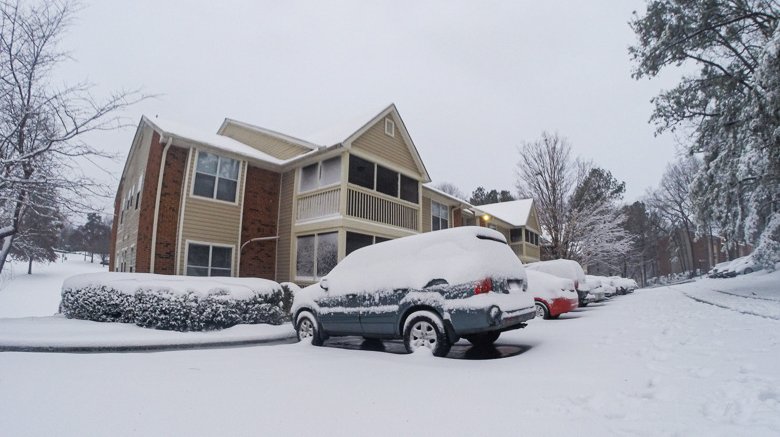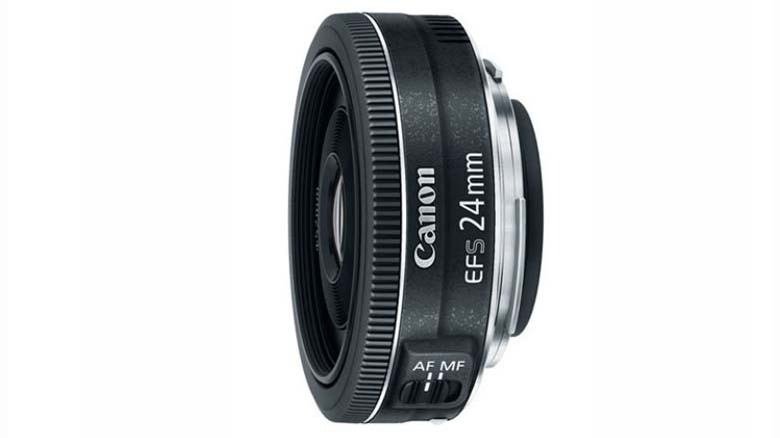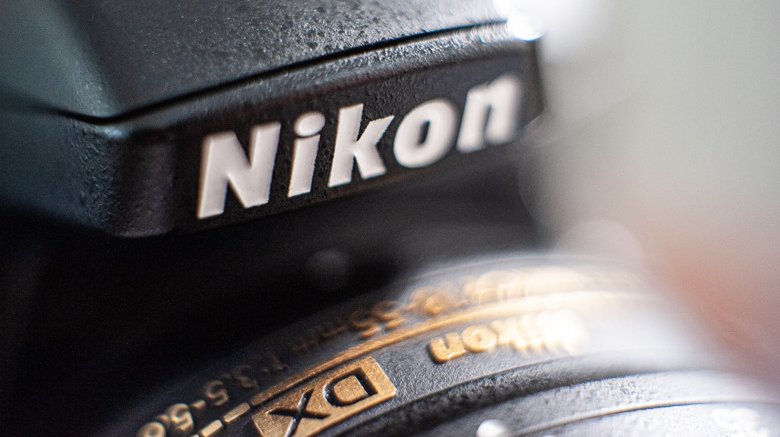Essential Camera Lenses Every Photographer Should Own
We may receive a commission on purchases made from links.
Whether you're a serious enthusiast or a professional photographer, removable-lens cameras have been the tool of choice for the better part of a century, after the design for an interchangeable lens was first patented in 1893 (via ifolor). Nowadays, these cameras come in both digital single-lens reflex and mirrorless varieties. With either kind, the big, interchangeable lens on the front yields image quality that phone cameras can't match, as B&H Photo Video Audio explains. Each type of lens comes with its own characteristic "look," along with strengths and weaknesses.
In general, the benefit of having multiple lenses available when out shooting photos is that you gain versatility in distance and angle. When you're not limited to what the standard-issue lens can do, you gain the freedom to become a more artistic photographer.
Below we look at four kinds of lenses to consider for your photography kit. First, we cover basic terminology. Most of the wording in this guide will assume a full-frame sensor, but we will give additional recommendations for the other sensor sizes as well. We've also included example images from the same vantage point to show off the differences in each lens size. The focal lengths we list don't have to be exact, as many lens brands will differ slightly in specifications.
The basics
If you've just purchased a consumer-level camera, it may have come with what's known as a "kit lens." This is a cheap, plastic lens with autofocus and some zoom capability, as Digital Photo Secrets points out. That's enough to get by for some, but it also limits the variety of images that can be taken. These limits come from the two most important metrics to look at in a lens: focal length and aperture.
As Nikon explains, focal length — measured in millimeters — determines how "zoomed in" your picture will be. It also affects the geometry of the image as a whole. A low-numbered focal length allows more space to be captured in the frame, but also distorts it and makes proportions unrealistic. A long focal length gets less "stuff" in the image, but can be used to shoot faraway subjects. Lenses that have one focal length, like 50 millimeter (50mm) lenses, are known as prime lenses. Zoom lenses will have a focal range. For instance, a 24-70mm lens is able to hit any focal length between those two numbers.
Another thing to understand about focal length is that it doesn't equate the same for all cameras, according to Adobe. That has to do with sensor size. Most interchangeable lens digital cameras come with one of three sensor sizes. The largest is known as full-frame, which matches the size of an old 35mm film negative. This is the basis of lens measurement.
Utilizing f-numbers to find the right aperture
According to Photography Life, the aperture is the hole that allows light from the lens to pass into the camera body. In most lenses, this hole is able to be changed in size. Each size setting is measured in what's called "f-stops," or f-number. A higher f-number means a narrow aperture, letting in little light. A lower one translates to a wide aperture, letting in as much light as possible (via Nikon).
This setting also determines the sharpness of the lens. A narrow aperture allows it to focus on everything at once, while a wide aperture can be used to blur anything that isn't the subject of the image. A typical aperture range for a lens will be about f/2.8-f/22, Photography Life notes, but they'll mostly be categorized by their minimum setting. Lenses that dip below f/2.8 are known as "fast" lenses and will have improved low-light capability at the cost of sharpness.
Understanding your lens from top to bottom
A smaller sensor results in a more zoomed-in image since it's capturing a smaller area of the lens. These sensors need lower comparative focal lengths to match the look of a full-frame image. On APS-C, the lens' focal length can be multiplied by 1.5 to reach what's called its "equivalent focal length," while Micro Four Thirds lenses should be doubled (via B&H Photo Video Audio). So if you want a 50mm look on a crop sensor, a 35mm lens should be used, or 25mm on Micro Four Thirds.
Once you put your focal length and aperture specs together, you can tell what type of lens you have, Panasonic notes. For example, a 70-200mm f/2.8 lens will be able to zoom anywhere from 70 to 200 millimeters, with a minimum F-stop of 2.8. Lenses may offer additional features, such as close-up macro focusing, or built-in image stabilization.
Photography Life points out that you should be aware of which lens mount your camera body uses, as almost every company has a specific type. Mirrorless cameras can also have completely different mounts from their DSLR counterparts from the same manufacturer. Perhaps the most versatile mount is the Nikon F, which can be found on SLR cameras dating back to 1959. With the purchase of adapters, most lenses can be made to fit on other companies' cameras, but functions like autofocus may lose compatibility. It's easiest just to stick with one brand.
Standard zoom lens (~24-70mm)
This lens is the regular workhorse for many photographers because it does a bit of everything, according to Canon. You can get wide angles at 24mm, which is great in a cramped space. You can also zoom in and capture crisp details close up.
As Fstoppers notes, 70mm isn't enough zoom for faraway subjects. Low-light capability is so-so, with a 2.8 minimum aperture. If you purchase one lens, however, it's hard to make a case against this one. Prices from B&H Photo Video Audio hover around $1,000 to $2,000. Used Canon and Nikon DSLR mounts are far cheaper.
At the low end of the focal range, this lens captures multiple subjects without much distortion
At the narrow end, the image is zoomed in significantly, with sharp details and blur effects.
Top-of-the-line full-frame:
- Canon EF (DSLR) 24-70mm f/2.8
- Canon RF (Mirrorless) 24-70mm f/2.8
- Sony E Mount 24-70mm f/2.8
- Nikon F (DSLR) 24-70mm f/2.8
- Nikon Z (Mirrorless) 24-70mm f/2.8
- Panasonic L Mount 24-70 f/2.8
Budget full-frame:
- Tamron 24-70mm f/2.8 (Canon EF and Nikon F)
- Sigma 24-70mm f/2.8 (Sony E and Panasonic L Mount)
- Sony E 24-70mm f/4
Crop sensors:
- Canon EF 16-35mm f/2.8
- Canon RF 15-35mm f/2.8
- Nikon F 16-35mm f/4
- Nikon Z 14-30mm f/4
- Tamron 15-30mm f/2.8 (Nikon F and Canon EF)
- Sigma 18-35mm f/1.8 (Nikon F and Canon EF)
- Sigma 17-50mm f/2.8 (Nikon F and Canon EF)
- Sony FE 16-35mm f/2.8
Micro Four Thirds:
Telephoto zoom lens (~70-200mm)
A telephoto lens allows the photographer to peer into the distance. It's ideal for capturing things like sports and undisturbed wildlife. At full-focal length, this lens can render incredible levels of detail, but is of no use in tight spaces. It will also have the effect of shrinking horizons, so isn't great for landscapes. Many photographers use a telephoto for portraits because it flattens harsh facial features.
Shooting over long distances requires a steady hand, fast shutter speed, or other method of stabilization because camera movement becomes more exaggerated the higher focal length goes (via Photography Life). Telephoto lenses are much larger than standard zooms. Top options run $2,000 and $3,000 at B&H Photo Video Audio. Much longer telephoto lenses are also available at a higher cost.
Even at the lowest focal setting, zoom is pronounced.
At 200mm, the badging on the wheel and snow texture can be clearly made out.
Top-of-the-line full-frame:
- Canon EF (DSLR) 70-200mm f/2.8
- Canon RF (Mirrorless) 70-200mm f/2.8
- Sony E Mount 70-200 f/2.8
- Nikon F (DSLR) 70-200mm f/2.8
- Nikon Z (Mirrorless) 70-200mm f/2.8
- Panasonic L Mount 70-200 f/2.8
Budget full-frame:
- Canon RF 70-200mm f/4
- Tamron 70-200mm f/2.8 (Canon EF and Nikon F)
- Sigma 70-200 f/2.8 (Canon EF and Nikon F)
Crop sensors:
- Sigma 24-105mm f/4 (Canon EF and Nikon F)
- Canon RF 24-105mm f/4
- Sony E 24-105mm f/4
- Sony E 18-105mm f/4
Micro Four Thirds:
~50mm Prime lens
This is among the simplest lens designs. Losing the zoom function makes the package more compact. Many cost under $500, with some found for less than $100. Prime lenses also allow for wider apertures, below f/2.0, and even below f/1.0 in some cases. Therefore, low-light performance is unmatched, with very pronounced background blur.
The 50mm focal length is considered a "sweet spot" for many because it most closely matches the geometry of the human eye (via Research Gate). The resulting images look natural and pleasant. The low-light capability also makes it a favorite of videographers. The downside is the lack of zoom. To get tighter on a subject, you must physically move closer to it. For candid moments, that could mean losing a perfect shot. For pre-planned shots, the 50mm is an elegant solution.
Photo taken with a vintage Minolta 50mm f/2 prime.
Top-of-the-line full-frame:
- Canon EF (DSLR) 50mm f/1.2
- Canon RF (Mirrorless) 50mm f/1.2
- Nikon F (DSLR) 50mm f/1.4
- Nikon Z (Mirrorless) 50mm f/1.8
- Sony E 50mm f/1.2
- 7artisans 50mm f/0.95 for Sony E
- Panasonic L Mount 50mm f/1.8
Budget full-frame:
- Canon EF 50mm f/1.8
- Canon RF 50mm f/1.8
- Nikon F 50mm f/1.8
- TTartisan 50mm f/1.2 (Sony E and Panasonic L Mount)
- Sony E 50mm f/1.8
Crop sensors:
- Canon EF 35mm f/2
- Canon RF 35mm f/1.8
- Nikon F 35mm f/1.8
- 7artisans 35mm f/0.95 for Nikon Z
- Tamron 35mm f/2.8 for Sony E
Micro Four Thirds:
Wide-angle lens (~18mm)
This focal length does two things particularly well. First, it captures inside tight spaces, such as a car interior. Second, it renders massive, majestic landscapes. The natural distortion on a wide-angle lens gives the image a grand, larger-than-life look (via Photography Life). This isn't always necessary, but when applied correctly, it can be used to great effect. Through a wide-angle view, close objects appear closer, and distant objects appear further. Closeups are not encouraged with this lens, especially of faces, as they will appear out of proportion.
Like the 50mm prime, this lens can be quite inexpensive, with great low aperture settings. However, background blur will be almost a non-factor with such a wide field of view. For landscape specialists, this lens is essential, but most other photographers only use it occasionally. A standard zoom or 50mm prime is better suited to general photography. A compact cam such as a GoPro could also serve this function.
Taken with a GoPro hero, with an equivalent focal length of about 17mm.
Top-of-the-line full-frame:
- Sigma 20mm f/1.4 for Canon EF
- Canon RF 15-35mm f/2.8
- Rokinon 14mm f/2.8 for Nikon F
- Nikon Z 20mm f/1.8
- Sigma 16mm f/1.4 for Sony E
- Sigma 20mm f/1.4 for Panasonic L
Budget full-frame:
Crop sensors:
Micro Four Thirds:
Honorable mentions
Those four lenses pretty much cover the basics of photography, but they aren't everything. There are plenty of other looks that can be achieved using unconventional glass.
A macro lens is made to focus within just a couple inches, or even closer. It's like a microscope on your camera, so photographers use them to capture insects or get new perspectives on everyday objects.
Super-wide fisheye lenses can be used to gain the most field of view, with focal length measured in the single digits. You end up, however, taking a circular image with tons of distortion. This type should only be used when looking for a very particular style.
Pancake lenses carry many of the same characteristics as prime lenses, but come in an even more compact size, as flat as a pancake. This allows the camera to be more portable and lightweight, but also tends to close down the aperture. Perfect for carrying around on vacations or throwing into a small bag.
Once you've decided on a lens purchase, experiment with its settings and pay attention to how they affect the image. Once you've committed these traits to memory, it will be much easier to replicate a desired look in the field.
